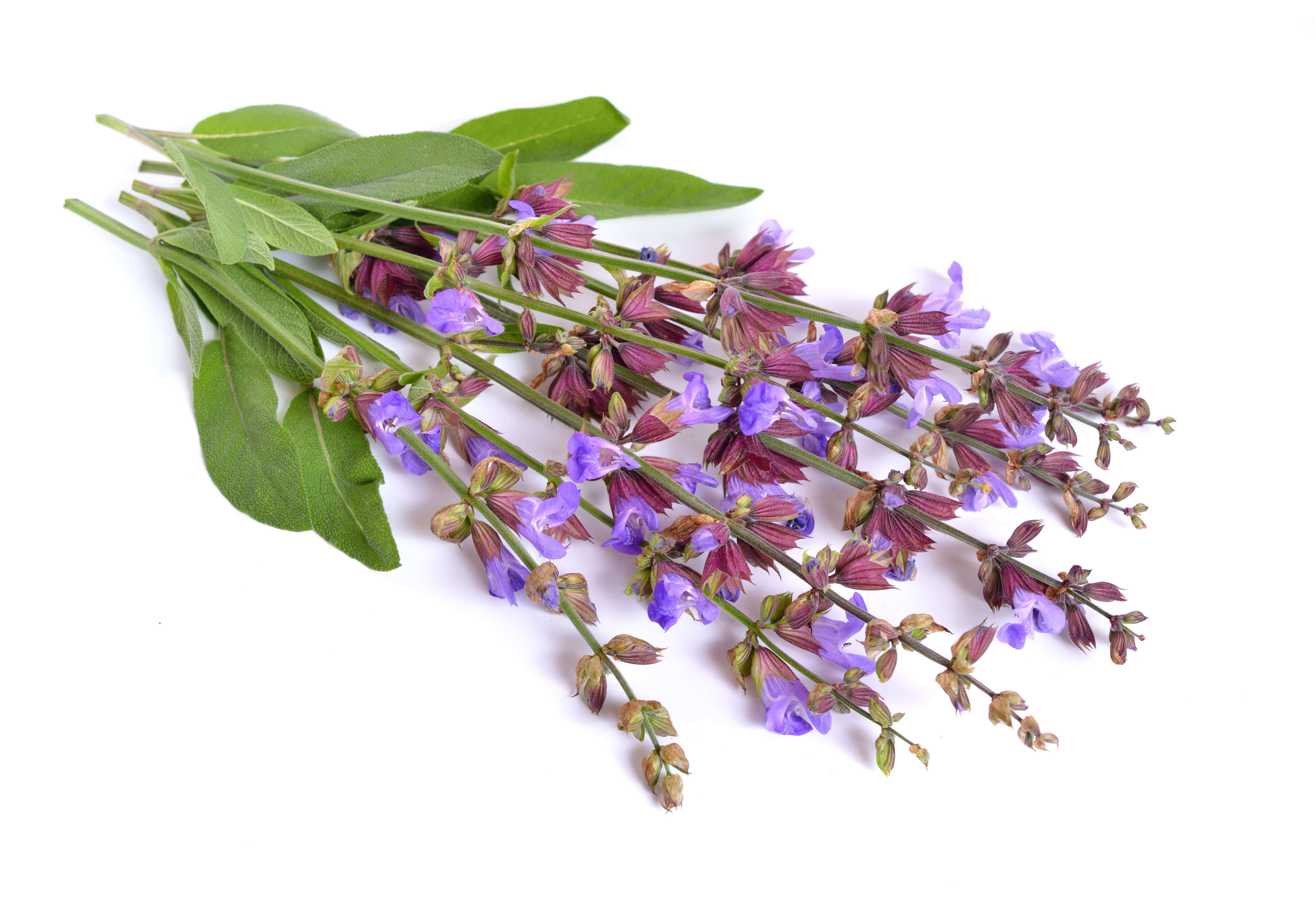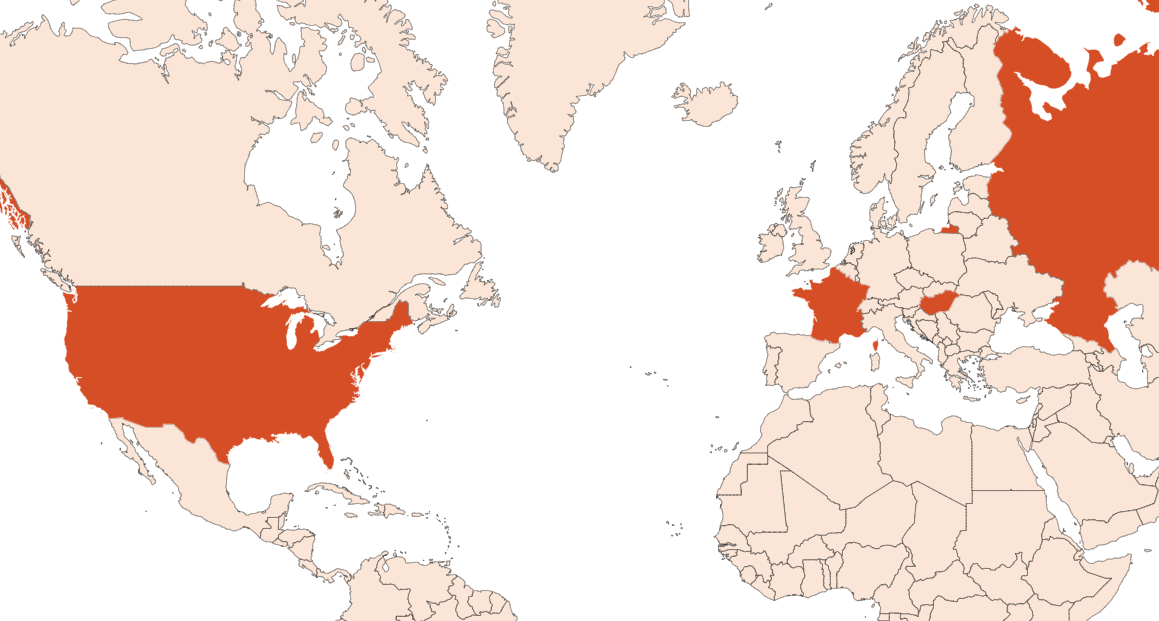
Do you sell any of the raw materials? Would you like to let our users know?
Send an email to fournisseurs@scentree.coto learn about our advertising opportunities.
Do you sell any of the raw materials? Would you like to let our users know?
Send an email to fournisseurs@scentree.coto learn about our advertising opportunities.
General Presentation
-
CAS N° :
8022-56-8 -
EINECS number :
84082-79-1 -
FEMA number :
3001
-
Volatility :
Head/Heart -
Price Range :
€€€
Physico chemical properties
-
Appearance :
Pale green liquid -
Density :
0,910 - 0,930 @20°C -
Refractive Index @20°C :
1,458 - 1,474 @20°C -
Optical rotation :
+2° // +30° -
Vapor pressure :
Data not available. -
Flash Point :
Data not available. -
Acid Value :
Botanical informations
Botanical name :
Salvia officinalis L.
Synonyms : Betonica brachyodonta Klokov, 1960 // Salvia officinalis f. lavandulifolia (Vahl) O.Bolòs & Vigo
Botanical profile :
Officinale sage is an aromatic herb belonging to the Lamiaceae family and the genus Salvia L.
The Lamiaceae family is the most important in perfumery, notably including lavenders, basils, mints, sages, rosemaries, patchoulis, and thymes.
Both rosemary and sage belong to the genus Salvia L.
Chemotypes :
The genus Salvia L. includes nearly 1,300 species, among which are the sages. A large number of sage varieties exist, but the following are the most relevant for perfumery:
Sages rich in linalyl acetate and other esters:
- Salvia sclarea L.: Clary Sage oil/ Clary sage absolute. Found mainly in Europe.
- Salvia dorisiana Standl.: Doris Sage. Native to Central America. Rich in perillyl acetate.
- Salvia desoleana Atzei & V. Picci: Sardinian Sage. Endemic to Sardinia (Italy). Rich in linalyl acetate and terpinyl acetate.
Sages rich in eucalyptol, linalool, or camphor:
- Salvia lavandulifolia Spreng.: Spanish Sage. Found on the eastern coast of Spain.
- Salvia fruticosa Mill.: Greek Sage (Three-lobed Sage). Found throughout the Mediterranean basin.
- Salvia bengalensis J. Koenig ex Roxb.: Bengal Sage. Found in India and Pakistan.
Sages rich in thujones:
- Salvia officinalis L.: Sage officnale flower oil / Common Sage Branch EO, along with all its derived varieties.
- Salvia pomifera L.: Apple Sage. Found in Greece, Crete, and Turkey. High in beta-thujone.
Sages rich in bisabolol or nerolidol:
- Salvia stenophylla Burch. ex Benth.: Including both chemotypes of Blue Mountain Sage from South Africa.
Sages rich in beta-caryophyllene and other sesquiterpenes:
- Salvia hispanica L.: Spanish Sage, rich in beta-caryophyllene.
- Salvia glutinosa L.: Jupiter’s Distaff (Sticky Sage), rich in gamma-muurolene.
- Salvia tomentosa Mill.: Woolly Sage (Large-flowered Sage), rich in beta-caryophyllene and borneol.
- Salvia elegans Vahl.: Pineapple Sage, rich in beta-caryophyllene and (E)-beta-ocimene.
Sages rich in diterpenoids:
- Salvia miltiorrhiza Bunge: Chinese Sage (Danshen), whose roots are extracted for their anti-inflammatory and antioxidant properties.
Extractions & Uses
Extraction process :
The Dalmatian sage is a short-lived plant, which can measure up to 1.60 m in cultivation. At the beginning of spring, sage fields are perpetuated by sowing the seeds of the plant. Harvesting takes place during the flowering period in August. Harvesting is mechanical: a tractor cuts, crushes and collects the fresh plants before taking them to the extraction plant.
The leaves can be extracted fresh or dry. The process used then depends on the efficiency and yield with which the essential oil is to be obtained. Extraction is carried out by steam distillation for one or two hours under high steam pressure. The essential oil is recovered at the outlet of the refrigerant, by settling over the sage hydrolate. If this extraction is carried out on the fresh product, the yield is 0.1%. If it is carried out on dry leaves, the yield is then 0.2%.
A sage absolute can also be obtained by extraction with volatile solvents. The resulting extract has a much more herbal smell, keeping aromatic and camphorated facets.
The ISO 9909 standard specifies certain characteristics of Dalmatian sage essential oil in order to facilitate the appreciation of its quality.
Uses in perfumery :
Unlike Clary Sage EO, Dalmatian sage is regulated because it contains a high level of thujone. It is generally used in small quantities (limited by the level of thujone) in aromatic and camphorated accords. It is also associated with woody notes of conifers and citrus notes of the same botanical genus.
Stability :
Terpenes present in this essential oil are subjected to polymerization under the effect of a strong oxydation.
Major Components :
- Alpha-thujone (18 - 43%)
- Alpha-humulène (< 12%)
- Eucalyptol (5,5 - 13%)
- Camphre (4,5 - 24,5%)
- Beta-thujone (3 – 8,5%)
- Bornyl acetate (< 2,5%)
- Camphene (1,5 - 7%)
- Alpha-pinene (1 – 6,5%)
- D-Limonene (0,5 - 3%)

Photo credits: ScenTree SAS
Other comments :
Dalmatian sage has long leafy stems, with violet floral heads. The leaves are containg the essential oil.
Regulations & IFRA
Allergens :
IFRA 51th :
This ingredient is not restricted for the 51th amendment

